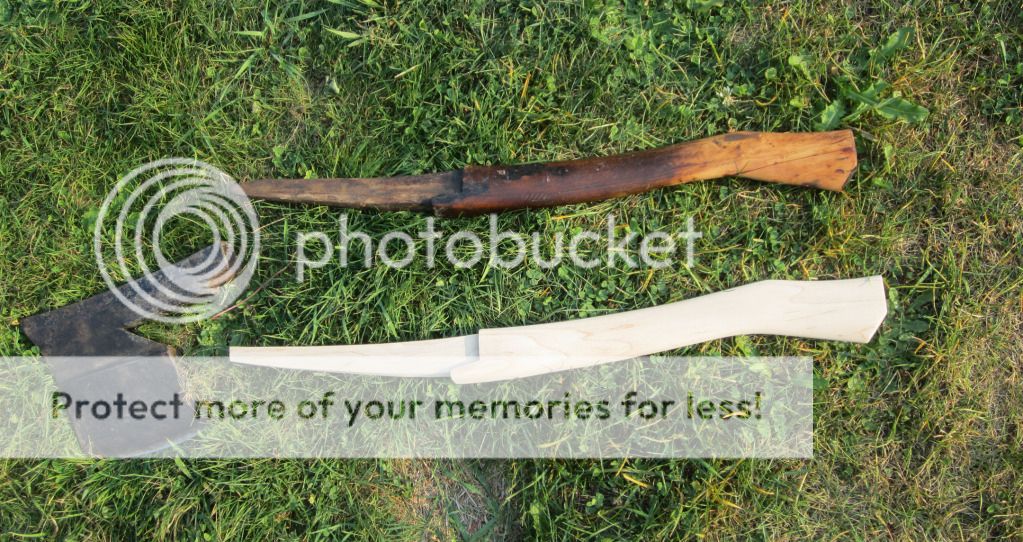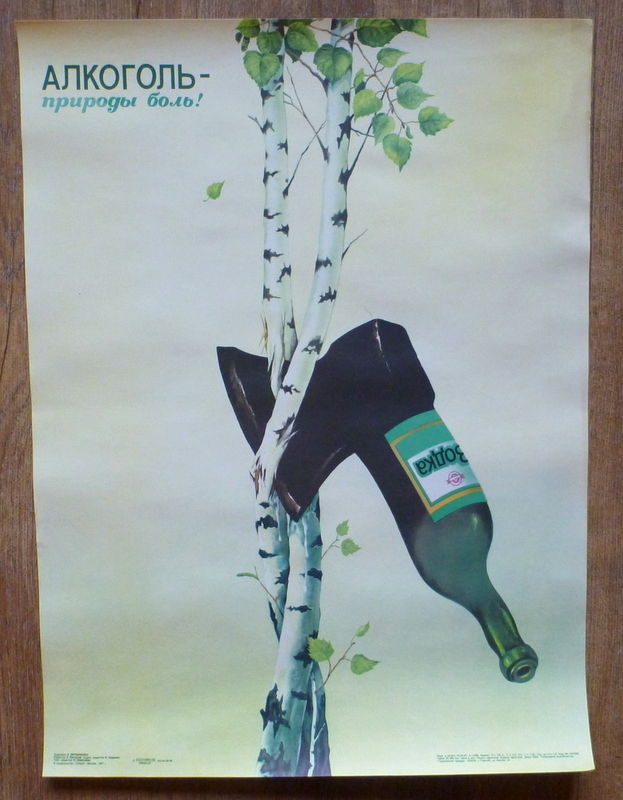Thanks for the vote of confidence,guys,we're all fellow-researchers here,and the jury's still out on a Lot of all this...
A great example here:Agent_H,your haft is looking great(and sounds like it Feels great in Your hand,which is of the ultimate importance).
So you didn't do it mm for mm per those old soviet "according to Hoyle" standards-but-do They have that authority to say,definitively,how are these axes hung?!
No Sir,they don't.....Witness that photo above of the old Finnish axes,your type there is among them,of course,hafted very much like yours is coming out....
I normally like my axe and hatchet handles on the thin side. As this one is taking shape I tried to compile aspects of different patterns that I found and the ones that are shared here. Russian and European axes and their handles are really interesting and I tend to learn best when I do something with my hands along with instruction. I do think you are right about this one having some resemblance to the Finnish handles a bit maybe closer to that 12.2-12.3 standing head up in the bottom of the picture you posted?:
Some things strike me as really quite different from working a handle for an American axe. Im sorry for all the blah-blah here but this is just some stuff that occurred to me as I was shaping the handle as both a novice with the patterns and making handles.
1. The eye is much larger - large enough that the handle has to be drawn down quite a bit to fit your hand behind the eye. This might be compensated for by the handle patterns that have a shelf then are drawn down to a grip. Seems like the shelf/draw-down is on the top or poll side of the handle for the standard pattern. Also, to start with a slightly down-turned tongue when you look at a solid piece of wood, there has to be a bend or at least more vertical wood mass to start with to account for the drop to the palm swell. The use of softer woods for handles using bulk in place of rigidity makes sense. The larger felling axe patterns take that up on both the top and the bottom of the handle those you probably dont choke up on like you would something smaller.
2. The spur as you described it, isnt something you want running into your finger when choking up tight unless wearing gloves not an all-day thing, at least. This also may account for the thickness of handles until further down from the eye. I am used to being able to grab a hatchet right beneath the head. This one has the same control by holding on to the grips shoulder transition to the eye swell. One finger on the shoulder swell, the rest of your grip on the tapered part. Either way you run the shelf on it, it seems that your hand really isnt going to get right under the head quite like a current American or current Swedish pattern.
3. The head is only 1lb 11.5oz or so but it is spread out over the cheeks and that long edge to the size of almost a full size axe but much lighter. I kept going for a more closed hang to where I thought it should be based on what I have hung in the past.
4. I like to go thin on handles but this one doesnt make me want to I dont think it should. The lighter/wider head kind of wants some substance behind it. The weight is spread out enough that a solid and thicker handle seems wieldy yet very controllable. Thicker meaning thicker than Im used to.
5. With the wide and thin blade, I understand your comment about people from these areas needing tools that served many purposes but maybe not perform any one task better than another type of axe. This handle has purposeful slight curves that allow a solid close grip but with the offset head it also whips out to chop pretty well when gripped from the base. *It also can be gripped two-handed fairly easily.
6. The swell I think I will round off into a "bulb" of sorts - An attempt will be made to not make it inadvertently into a dong shape which a lot of my rounded swells look like - by accident. I suppose they don't get mistaken for someone else's tools but it is a familiar shape to most people - just not on an axe

All of that above there probably could be learned from research but I can sometimes be a little dense in application until I try it myself.
On a side note,
Ernest Dubois seems like a knowledgeable guy some of the different axes from the areas we are talking about: Sweden, Finland, Germany, Austria, Russia. He has some great posts here and I have heard his name several times in relation to axes. Anyway, I created a Wordpress account and requested access to his blog. It seems relevant. He discusses the identification, use, the riving and storage of staves/handle stock, and compares similar patterns from different areas. He also explains those super long long-bitted carpenters' axes that are seen in the older Slovenian/Austrian catalogs that
Samek and
Chumaman shared links to.
*He does look a little like the Italian statue that is shared in another post here.
http://www.bladeforums.com/forums/s...the-mountain-woodsman?p=16379649#post16379649
Here is a link to his "Working with Axes: getting, but then using them" this is the public view to his blog which you would have to have him send an invite to you after filling the e-form out. His work might already be known - I just hadn't seen it before now.
https://axework.wordpress.com/author/ernestdubois/
Here is an interesting video from his archives: The Ting Thing
Jake, I watched that Finnish construction video twice as well. I think the ones coming to me are two of the larger Fin axes and maybe one of the slightly smaller ones that are used in the video - just based off the pictures I have. Those will be interesting to figure out the handles for.
That Karelian info is really very interesting. The cited construction's fifth requirement struck me as important,
Criterion (v): The Pogost and the buildings, which had been grouped together to form the museum site in the southern part of Kizhi, are exceptional examples of the traditional wooden architecture of Karelia and, more generally, of that of northern Russia and the Finnish-Scandinavian region.
Russian carpenters, whose fame takes root from the Medieval Novgorod, had carried the art of carpentry to its apogee. Irreversible changes have caused this traditional skill to disappear. Hence, it is absolutely essential that ensembles like that of the Kizhi Pogost be preserved for their illustrative value in the history of ancient techniques and for what they tell us about old lifestyles.
Here is that building from your link -The Pogost:
Also, here is a beautiful Finnish hewing axe that
CederEater here in the forums rehabbed:
This Finnish broad axe has been seen in my What is it? thread from a little while ago. Here is the link if you want to see what it looked like before I started.
http://www.bladeforums.com/forums/showthread.php/988109-What-is-it Here it is now.
http://www.bladeforums.com/forums/showthread.php/997531-Finnish-broad-axe-new-haft-and-hang
Bob, that video looks great and I'll find it and watch that again.
A common map of these regions with something like an opaque circle to show which ones we are talking about would be helpful at least for me I guess. I wouldn't have known where Karelia is on a map if someone asked me to find it if not for this thread.
I've had guests in the house and haven't had a chance until now to respond to the thread. This sums up the last couple of days -
I'm learning about this stuff as we go and it's fun.
Thank you for that.


















